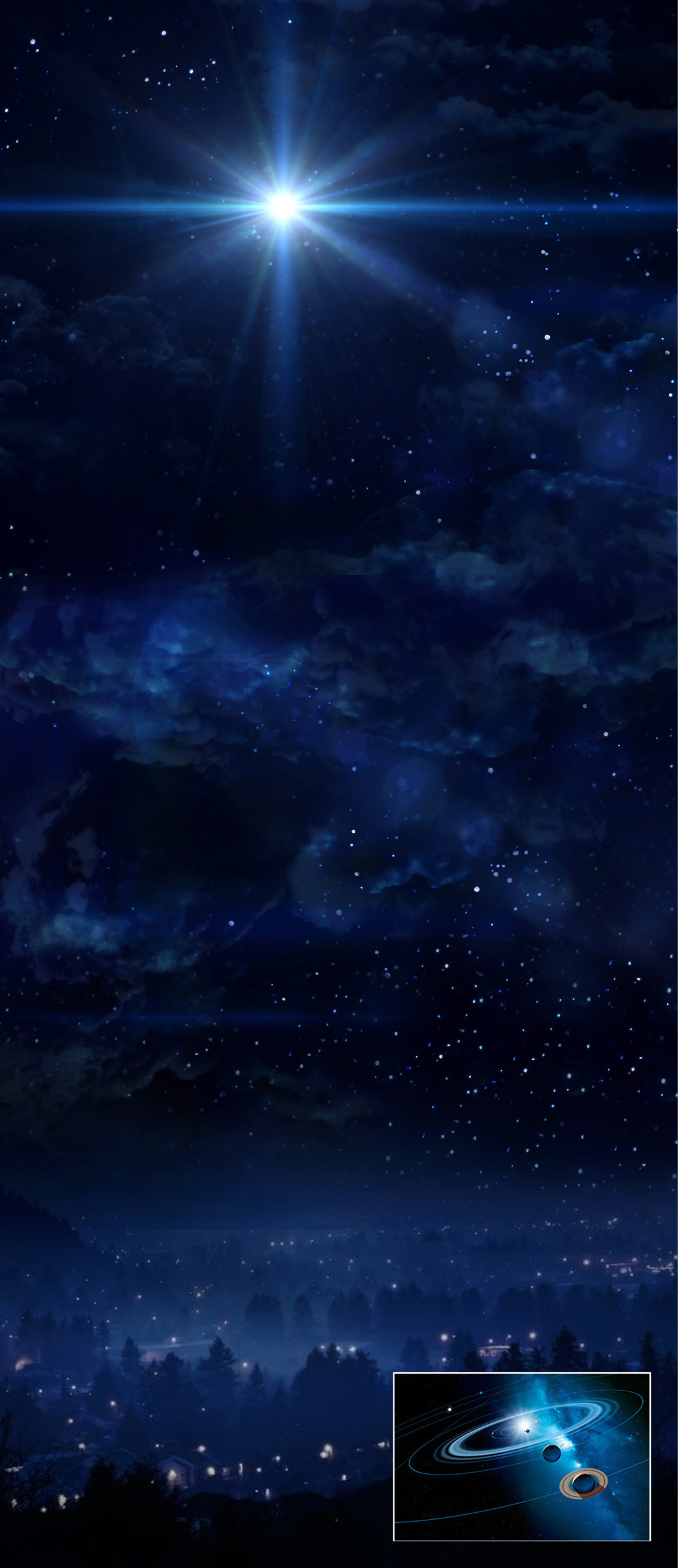A Christmas Star?

Yep, this is a special Monday post for all that I think you will really enjoy! As the story in the Christian Gospel of Matthew goes, a bright star rose after the birth of Jesus Christ that the wise men then followed to find him. Was it a comet? A supernova? Could it have been something special with the planets? Beginning tonight, just after sundown there will be a “great conjunction” (a conjunction is an apparent passing of two or more celestial bodies while a great conjunction refers only to Jupiter and Saturn converging). Be sure to find someplace to view this special once in a lifetime event – we think it’s worth watching!
- Jupiter and Saturn tangle in a great conjunction—as seen from Earth—every 19.85 Earth years. It’s a natural symptom of Jupiter (taking 11.86 years to orbit the Sun) and Saturn (29.4 years to orbit the Sun), which naturally means they will sometimes appear to pass each other in our night sky from our point of view (despite actually being many millions of miles distant from each other). Amazingly, the event occurs in the same part of the sky every 800 years or so.
- The two planets will appear to be a mere 0.1º from each other. That’s about the width of a toothpick held at arm’s length according to Sky & Telescope magazine.
- It will be the closest great conjunction since July 16, 1623 and the first to be easily observable since March 4, 1226.
- One of the longest-running theories about the Bethlehem Star goes all the way back to Johannes Kepler, a key figure of the scientific revolution in the 17th century and the first to correctly explain the motion of the planets.
- “Kepler thought that the star of Bethlehem was a triple conjunction of Jupiter and Saturn,” said Nigel Henbest, author of Philip’s 2021 Stargazing Month-by-Month Guide to the Night Sky in Britain & Ireland. “Here we are two millennia later, and a similar conjunction is about to happen within four days of Christmas Day … maybe a new Messiah is about to be born!”
- According to Kepler’s calculations made in 1603 (during a year he observed a great conjunction), a triple conjunction of Jupiter and Saturn occurred in the year 7 BC. Why “triple?” As Jupiter laps Saturn in the Solar System the two planets align with the Sun for a moment, but from our faster-moving planet’s point of view the planets actually appear to go backwards for some weeks. It’s purely about perspective, but this retrograde motion can cause two or, in the case of the year 7 BC, three conjunctions in the same year. The last triple great conjunction occurred in 1980 and the next one is in 2239.
- Were Jupiter and Saturn mistaken for a single star? Perhaps great conjunctions were considered omens, like comets. Either way, this week’s closest approach of Jupiter and Saturn in the telescopic age is a historic event that you must take a look at. All this week and next—but particularly TONIGHT —cast your eyes to the southwestern skies 45 minutes after sunset wherever you are and you’ll see two distant worlds become one.
Perhaps it’s a blessing to us all in these most difficult times.
Wishing you good tidings, clear skies and wide eyes always.



Leave a Reply
Want to join the discussion?Feel free to contribute!